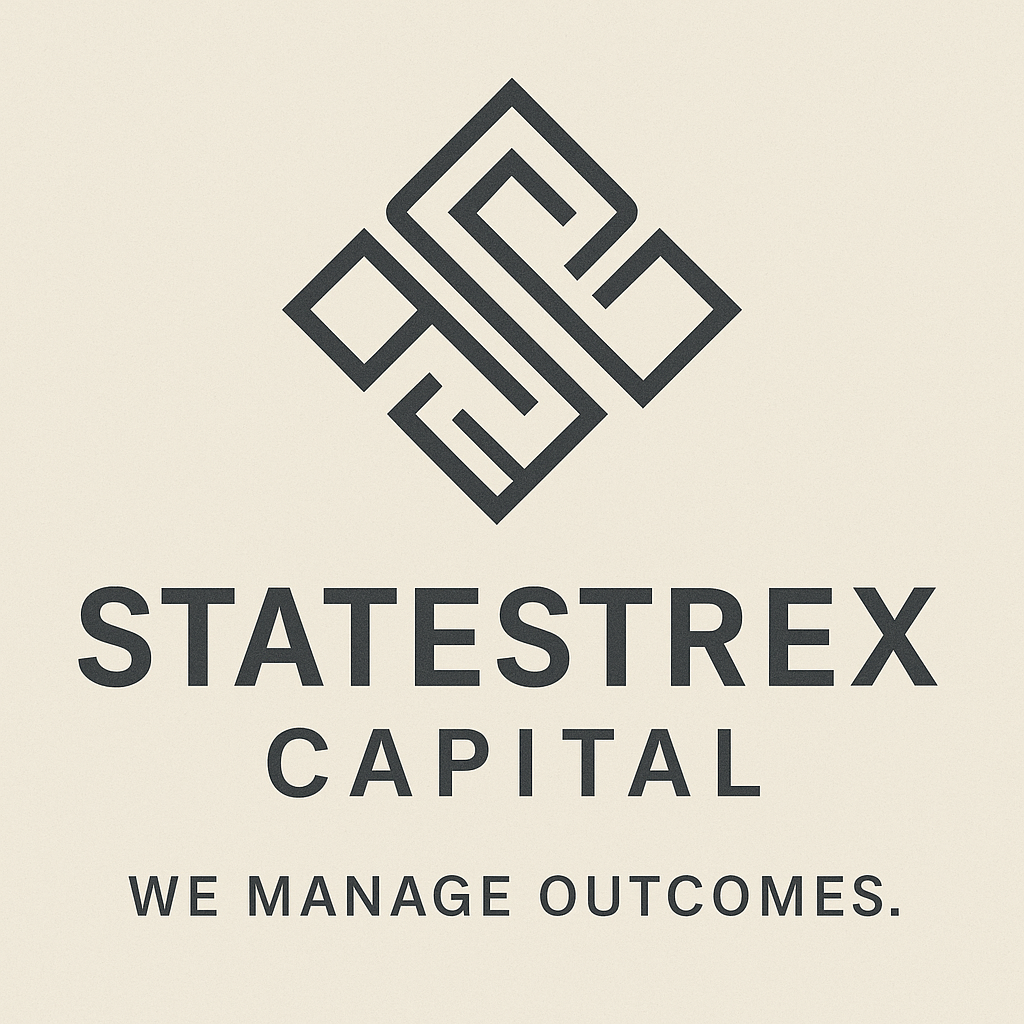Statestrex Capital
Historical Background: The State Street Legacy
Long before the rise of the megacorporations and the economic collapse that reshaped Neo-Boston, there was State Street Corporation. Founded in 1792, it stood as one of the oldest and most influential financial institutions in the United States. It was headquartered in Boston’s financial district and specialized in custodial services, institutional asset management, and global economic infrastructure. It held trillions in trust for governments, corporate syndicates, and elite financial entities.
State Street was not a retail bank. It did not operate storefronts or issue personal loans. It worked behind the curtain, servicing sovereign funds and economic alliances with the discretion of an institution that understood the value of silence.
When the federal system collapsed and traditional finance burned out under hyperinflation and asset failures, most banks were absorbed or shuttered. State Street adapted. Through restructuring, digital finance models, and undisclosed agreements with the emerging corporate order, it transformed into Statestrex Capital—a next-generation financial authority designed to shape economic stability in a new kind of city.
Modern Presence: Statestrex Capital in Neo-Boston
Today, Statestrex Capital operates as a core institutional pillar of Neo-Boston’s corporate economy. It maintains multiple branches throughout the city and controls executive offices within one of the Spire’s primary skyscrapers. While publicly quiet and rarely the subject of headlines, its influence is felt everywhere: in policy decisions, development zoning, and private asset control.
Statestrex is known for its predictive modeling and risk analysis platforms. It is said to use behavioral economics, market surveillance, and data forecasting to make near-flawless calls on future investment outcomes. Whether or not those calls shape the outcome is a matter of speculation among independent economists.




Comments